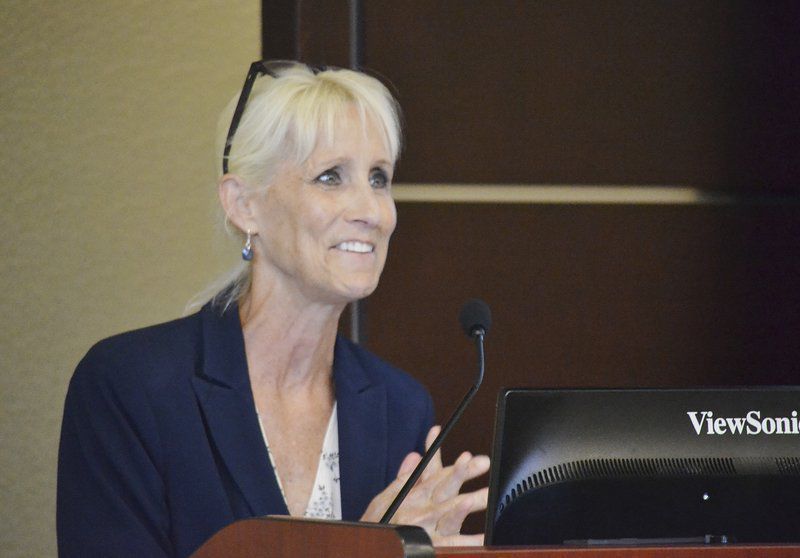Georgia trying to get ahead of opioid abuse wave plaguing state, nation
Published 1:15 pm Monday, July 24, 2017

- Georgia Department of Behavioral Health and Developmental Disabilities Commissioner Judy Fitzgerald said at a meeting last week the notion opioid abuse is an epidemic is warranted.
THOMASVILLE, Ga. — State and local officials in Georgia last week outlined to lawmakers the efforts being made to combat a serious, growing opioid problem.
The state’s House Rural Development Council met Wednesday afternoon in Thomasville for a session on health care and developmental disabilities, and state Department of Behavioral Health and Development Disabilities Commissioner Judy Fitzgerald said agencies are trying to get ahead of the wave of opioid abuse.
Trending
“This is mind boggling how it’s a wave across the nation,” Fitzgerald said. “The concern and the notion that it is an epidemic is warranted.”
In 2015, 1,307 people in Georgia died from drug overdoses, and 68 percent of those were a result of opioids. From 1999-2014, there has been a tenfold increase in prescription opioid overdoses, according to the DBHDD.
Georgia joins states like Ohio and Kentucky, among others, that have been bluntly impacted in recent years by the nation’s ever-growing opioid epidemic. From drug treatment trainings to the addition of vital related resources, these states are working to provide care, awareness and support to residents.
Though Georgia as a whole has a lower overdose rate than the rest of the nation, 55 of the state’s counties have a higher rate than the national average. Those counties are scattered across the southeastern and northern parts of the state.
Thomas County Sheriff Carlton Powell warned that though opioid abuse isn’t as prevalent locally as in other parts of the state, it may be just a matter of time before the trend travels.
“This is some bad stuff,” he said. “It hasn’t gotten here as much as it has in some other parts, but don’t think it’s not coming. It’s coming.”
Trending
The state has received a two-year federal grant of nearly $11.8 million a year, and at least 80 percent of the grant has to go toward opioid use disorder treatment and support services.
The first year of the grant runs from June 1, 2017, to April 30, 2018. The grant’s aim is to increase access to treatment, reduce the unmet treatment need and reduce overdose deaths through prevention, treatment and recovery.
The DBHDD’s addictive disorders team had a strategic plan in place before the agency knew the grants funds were coming, Fitzgerald said.
“At some point, you have got to get ahead of the crisis,” she said.
Thomasville Police Chief Troy Rich said crisis intervention training, or CIT, has been ongoing for his force and he hopes to have his entire roster complete the 40-hour, free training.
“It helps with the whole entire gamut of police use of force,” the chief said of the training. “It’s all about de-escalation.”
The training allows officers to handle individuals who appear to be in crisis from an overdose or have other behavioral and mental ailments.
“The goal is to get them help,” Chief Rich said. “It’s important to know they are in crisis and how to deal with them.”
Rich said his department is averaging about 170 calls a year for someone in crisis.
Part of the grant also will go toward a statewide media campaign, in an effort to get people to understand the misuse and abuse of opioids and let them know help is available, according to Fitzgerald.
There also will be education and training for first responders, emergency room professionals and law enforcement, among others, on administering Narcan (naloxone) — a nasal spray used to fight the effects of an opioid overdose.
“Narcan is a tool in the toolbox,” Fitzgerald said. “If we have to use that to stop an overdose, we’ve reached the last point.”
Donahue writes for the Thomasville, Georgia Times-Enterprise.


